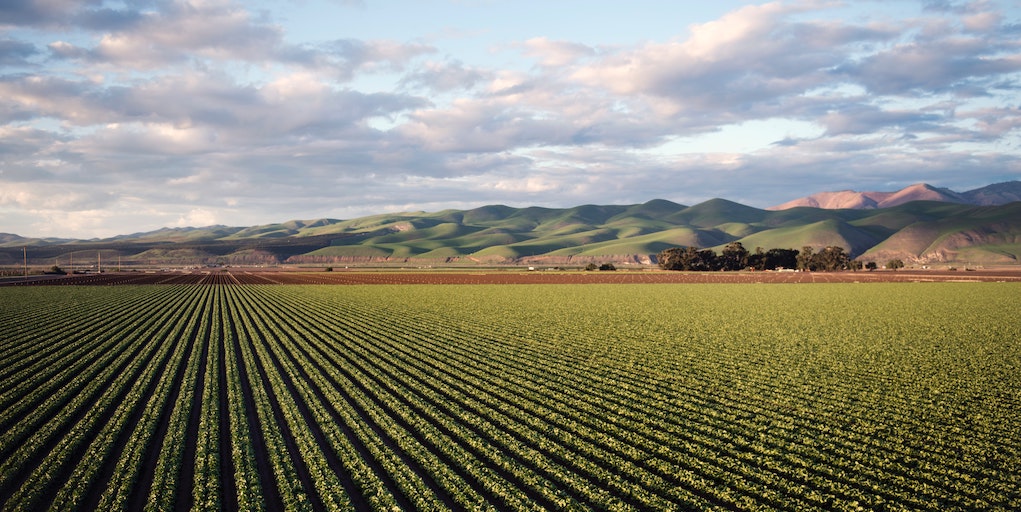People who live in areas of California with intensive agriculture have higher rates of unexplained end-stage renal disease, Stanford researchers have found.
The cause of the increased rates of disease is unclear, said Shuchi Anand, MD, assistant professor of nephrology, though she speculated the answer may lie in chemical exposure, high temperatures or limited access to health care.
A letter about the research was published last week in The New England Journal of Medicine.
Anand and her collaborating authors mined California's environmental data from 2010 through 2014 to find locations in the state with the highest levels of nitrates in the groundwater. The presence of nitrates, a component of fertilizer, indicates farming activity.
Researchers compared the nitrate data with diagnoses, from 2015 to 2017, of end-stage renal disease in Californians aged 18 to 60, eliminating cases from known causes, such as diabetes and inherited conditions. They found that 85% of the ZIP codes with high levels of unexplained end-stage renal disease included areas with higher than average levels of nitrates in the groundwater.
Anand stressed that the research does not identify a single cause of disease. "One reason could be that living in those areas exposes people to pesticides," she said. "Another could be that disease is related to heat stress, as many workers are outside all day in the hot sun. It could be, however, that patients are not getting sufficient care. All three are reasonable hypotheses that are worth investigating."
She added, "Caring for end stage renal disease is expensive, so spending resources to find the cause will be cost-effective from both a patient and environmental perspective."
Anand noted that worldwide, people living in agricultural areas that are dry and at low elevations -- like California's Central Valley -- suffer from more end-stage renal disease than those who live in mountainous or wet regions.
While lower elevations are warmer, she said, "It could also be that pesticides are more concentrated. In rainy areas, they may get washed away. Or perhaps there's a unique exposure we don't know about."
Anand hopes to find more answers by studying Central Valley dialysis patients. "We'll ask about residence history and occupational history," she said. "It'll be step toward figuring out a cause."
Photo by Tim Mossholder





